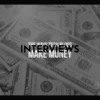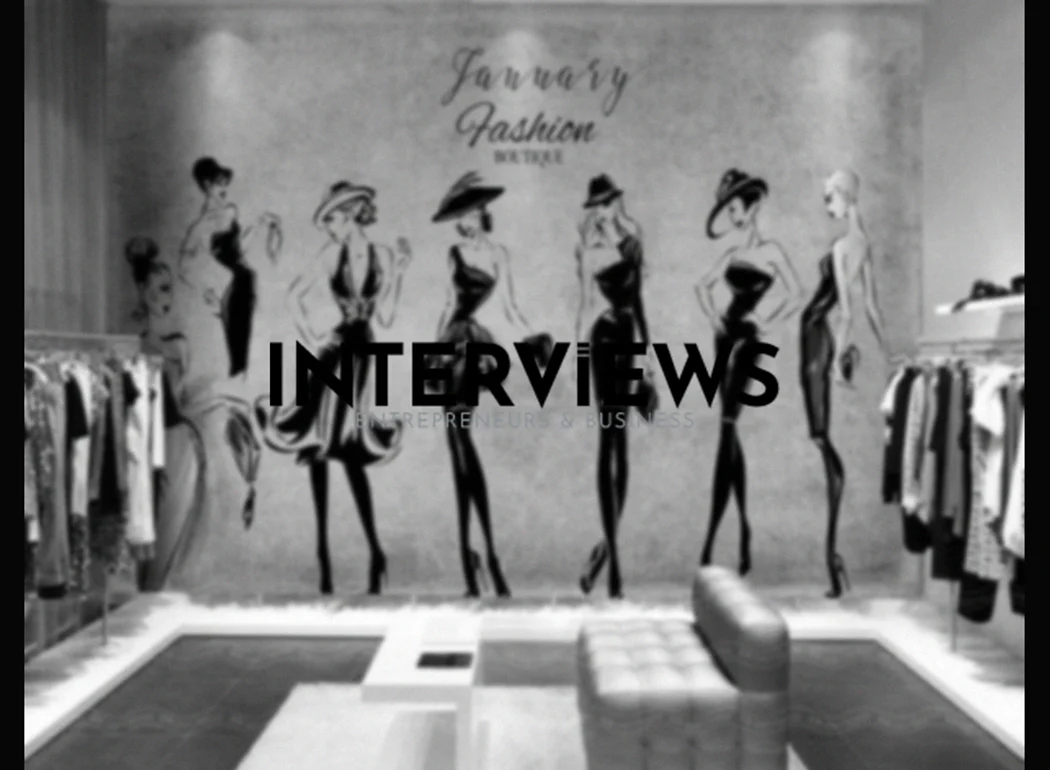So, You Want to Be a Fashion Mogul? Let’s Talk Clothes (and Business)
Want to see your designs on the runways or in boutiques? Starting a clothing brand sounds cool. It can be. It also demands hard work and knowledge. Let’s explore how to turn your fashion dreams into reality. Ready?
Need a Design Wingman? Finding Someone to Make Your Clothing Designs
If you can’t sew, you need help to create garments. Good news! The internet has plenty of talent.
- Freelance Platforms: Your Virtual Design Studio
- Websites like Upwork, Fiverr, and Freelancer act as your online fashion district. Find skilled designers ready to create custom clothing based on your ideas. Just upload your specs. Let them bid.
- Online Seamstresses & Sewing Ninjas
- Freelance seamstresses are the unsung heroes of fashion. They can bring your crafted concepts to life. You can hire a seamstress online confidently. Just check their portfolios. You want talent.
Okay, Picasso of Patterns, Let’s Design Some Clothes
Designing involves more than having a vision. There’s a process. Surprising, right?
- Project Brief Power-Up
- Create a detailed project brief. This is your design GPS. Where are you going with this collection?
- Inspiration Dive
- Get inspired! Search magazines, street styles, or nature documentaries for creative sparks.
- Sketch Storm
- Time to sketch those ideas. Don’t stress about perfection. Just get the concepts down.
- Fabric Frenzy (the Good Kind)
- Fabrics are crucial for clothing. Choose wisely. Consider drape, texture, and feel.
- Sample Scramble
- Samples are vital. Order and create them. Assess how designs look in real life. Expect tweaks.
- Manufacturing Mission: Go Time
- Design finalized? Samples approved? Begin manufacturing! Let the production magic start.
- Design Software & Apps: Your Digital Toolkit
- Technologies assist you! Various apps and software help in design, so no more pencil and paper (unless you want).
- Adobe Illustrator: The top choice for vector graphics. It supports digital sketching on another level.
- CLO3D: View 2D sketches in 3D? CLO3D offers that virtual mannequin experience.
- Browzwear: From 2D patterns to 3D garments, it’s like having a design studio on your computer.
- CorelDRAW: A versatile graphic design tool handling clothing design well.
- Procreate: If you love your iPad, Procreate is a fantastic and affordable fashion illustration tool.
- Repsketch: Use this app for quick sketches. Great for getting ideas out fast.
- Tailornova: A web-based tool that quickly helps you create fashion collections.
- Canva: Yes, Canva! Design clothing and add your logo. Perfect for branding basics.
Alright, Entrepreneur Extraordinaire, Let’s Start a Clothing Brand
This isn’t just about pretty clothes; it’s business. Let’s get to the essentials.
- Skill Up & Vision Quest
- Fashion Design Skills: Level Up Seriously into design? Pursue formal education or online courses. Hone your skills.
- Market Research: Know Your Hood Who is your audience? What do they buy? Investigate your competitors. Market research is vital.
- Brand Identity: Find Your Vibe Decide your name, logo, style, and aesthetic. What captures your brand’s essence? Make it memorable.
- Crafting a Business Battle Plan
- Goals & Objectives: What’s the Endgame? What do you want with this brand? World domination? Niche market leader?
- Target Market ID: Know Your Customer Soulmate Understand your ideal customer. Age, style, budget are key. Be specific.
- Financial Forecast: Moneyball Time Understand startup costs, pricing, revenue projections. Numbers are essential.
- Business Structure: Legally Speaking Decide between sole proprietorship, LLC, or S-corp. This choice matters.
- Design & Production Powerhouse
- Collection Design: Curate the Magic Create unique, high-quality designs that embody your brand. Avoid generic styles.
- Fabric Sourcing: Material Matters Choose high-quality fabrics fitting your designs and budget. Research suppliers ahead.
- Manufacturing: DIY or Delegate? Will you make it yourself or outsource? Weigh the pros and cons.
- Establishing Online Empire (Presence, at Least)
- Website Creation: Your Digital Flagship Store Build a professional website to showcase your brand and products effectively.
- E-commerce Platform: Cha-Ching Central Pick your e-commerce platform wisely: Shopify, WooCommerce, or others for smooth sales.
- Social Media Marketing: Get Social, Sell Clothes Use Instagram, TikTok, and Pinterest. Create a robust social media presence. Engage your audience.
- Marketing & Sales Symphony
- Marketing Strategy: Spread the Word How will you reach your target audience? Build a marketing plan.
- Online Advertising: Amplify Your Voice Think about paid ads for visibility. It can work if done right.
- Retail Partnerships: IRL Sales Boost Consider selling in boutiques or department stores. Explore those physical locations.
- Pop-up Shops & Markets: Test the Waters Utilize pop-up shops and local markets for promotion and direct customer interaction.
- Legal & Financial Fortress
- Business Registration: Make it Official Register your business without delay. Don’t ignore this legal step.
- Intellectual Property: Protect Your Genius Trademark your designs and brand name. Lawyers can guide you here.
- Accounting & Taxes: Adulting 101 for Business Establish proper accounting. Understand taxes early on. Uncle Sam takes his share.
Show Me the Money (or at Least, the Costs): Cost Considerations
Starting a business requires cash. Shocking news!
- Pattern Drafting Price Tag: Drafting costs range from $200 to $2000 based on complexity. Simple designs cost less. Complex designs? Be ready to spend more.
- Starting a Clothing Line: The Dollar Breakdown
- Starting a line? Costs can vary widely. It could be as low as $100 or surpass several thousand. It hinges on your goals.
- Tiny Brand, Tiny Budget: Leaning toward print-on-demand (POD)? You may start under $100 with some marketing impact.
- Mid-Size Dreams, Medium-Sized Investment: For a medium-scale line, expect costs from $1,500 to $5,000. Getting serious now.
- Big League Ambitions, Big League Bills: Aiming high? Large-scale lines could cost from $25,000 to $50,000 easily.
- Cost Influencers: The Usual Suspects
- Business Model Brouhaha: POD is much cheaper compared to full production with larger initial costs.
- Scale Showdown: Small-scale production is easier on finances. Large-scale is heavier on the pocket.
- Production Path: DIY vs. Delegate: DIY design could cut costs initially. Outsourcing usually incurs higher costs.
- Marketing Money Pit (or Magic?): Determining marketing budgets depends on your audience and outreach strategies.
- Design Dollars: Hiring designers or subscribing to software costs money. Design can drain funds fast.
- Software & Tool Tally: Fees for e-commerce platforms or design tools may pile up. Be aware!
- Location, Location, Location (and its Loot): Rent and staff can greatly affect your financial outcomes based on location.
- Trademark Territory: Brand Protection Bucks
- Trademark in the US? USPTO fees are $350 per class of goods/services. Simple but crucial practice.
- If you’re in California, expect $70 per code classification for trademarks. Slightly less costly than in other states.
Keeping It Legal: Design Protection 101
Avoid copycats from stealing your genius. Here’s how to create legal safety.
- Copyright Conundrum: Copyrighting design in the US is problematic. Fashion attorney Biana Borukhovich states Congress sees clothes as “useful articles”, not as art.
- This means no copyright protection for fashion designs in most cases, sadly.
- Trademark Triumph: Trademarks serve to protect your logos and brand labels. Trademark your logos effectively!
- Patent Power (Maybe): Patents shield the *unique appearance* of a product. They are hard to obtain for clothing. But if your design is revolutionary, it’s worth looking into.
- Brand Name Bonanza: Register That Name! Register your clothing brand name with the USPTO. If you get approved, name protection is yours. Don’t let competitors steal your brand name.
- LLC Lifesaver (Limited Liability Company)
- LLC creates a shield for personal assets. Business debts? Lawsuits? Your house, car, and personal accounts generally stay safe. Feel secure, people.
- LLC builds brand credibility. A professional look earns trust from customers. It matters to suppliers and investors.
- LLC acts as a finance firewall. Keep personal and business finances apart. Managing money becomes easier, tax compliance simpler. Accountants cheer.
- LLC offers tax flexibility. You can select a tax structure – pass-through or corporate. Enjoy tax advantages? Yes, please.
- LLC ensures name claim. Registering your business name stops copycats in your state. Brand security is vital.
- LLC attracts funding. Getting loans, venture capital, and SBA support is simpler. Money speaks, and LLCs sound credible.
Show Me the Profits! Profitability Pointers
Making clothes is fun. Selling them profitably is even better. Let’s discuss profit.
- Profit Margin Magic Numbers
- A healthy profit margin in clothing? Between 50% and 70% is ideal. Brand, quality, and pricing impact this.
- High-end brands? Shoot for 70-100% profit margins. Luxury means luxury markups.
- E-commerce clothing shops usually see profit margins from 4% to 13%. Online business is tough.
- Profit Margin Math Class (Quick & Painless)
- Gross Profit Margin: Calculate as: ((Revenue – Cost of Goods Sold) / Revenue) * 100%. Basic check for profitability.
- Operating Profit Margin: Calculate as: ((Revenue – Cost of Goods Sold – Operating Expenses) / Revenue) * 100%. This one accounts for overhead.
- Net Profit Margin: Calculate as: ((Revenue – Cost of Goods Sold – Operating Expenses – Interest – Taxes) / Revenue) * 100%. The final bottom line. After all deductions.
- Profit Hotspot: Clothing Goldmine
- Baby and children’s clothing is a goldmine. Kids grow fast, and parents keep buying new clothes. Simple business logic.
Strike a Pose! Finding Models
Need models to showcase your designs? Let’s find them.
- Friend Factor
- Have friends matching your brand vibe? Ask them to model! Free models or pizza-fueled ones work well as a start.
- Social Media Stalking (Strategically)
- Instagram showcases your work! Use platforms like Instagram to attract potential models and even customers.
- Networking Ninja Moves
- Attend fashion shows and events. Network! Meet designers, photographers, agents, and models. Networking powers growth.
Random But Relevant: Other Considerations
A few more insights before diving into the business.
- Manufacturer Matchmaking: Finding Clothing Manufacturers
- Need a manufacturer? Use industry resources. Trade associations, online forums, and trade shows are treasure troves of information.
- Look for trade associations like American Apparel & Footwear Association (AAFA) and Textile Exchange. They provide directories and networking with experienced manufacturers.
- Selling Designs 101: Originality is King When selling designs, originality matters! If you use Canva content, you can’t sell it standalone. Your designs only, please.
- Starting on a Shoestring: Business on a Budget
- No cash? Print-on-demand (POD) saves the day! No inventory needed. List products online. Orders go to the supplier who ships them. You manage designs!
- Design clothing and graphics, use third-party services for printing and shipping when orders arrive. Low-risk, low-inventory, possibly high rewards await.
Who’s Who in the Fashion Zoo: Roles and Titles
Unsure about fashion job titles? Here’s some clarity.
- Tailor: Master of alterations and custom garments. Precision and fit are their strengths.
- Dressmaker: Specializes in women’s clothing, focusing on elegance and custom pieces like dresses and gowns.
- Seamstress/Sewist: General term for those who sew clothing. Often refers to women; sewist is neutral. They create clothes with skill.
- Tailor, dressmaker, seamstress, sewist – terms for clothing creators. Different contexts apply.
- Fashion Designer/Clothing Designer/Couturier: Visionaries who design clothing, shoes, accessories. They sketch, select fabric, and direct patterns. The entire creative process belongs to them.
- Fashion designers, clothing designers, couturiers – all create clothes. Couturiers often imply high-fashion custom creations.
- Fashion designers sketch, select fabrics, instruct actions to bring designs to life.
This overview guides you in starting a clothing brand. It’s a journey and not just a sprint. Begin designing, hustling, aiming for fashion success.





